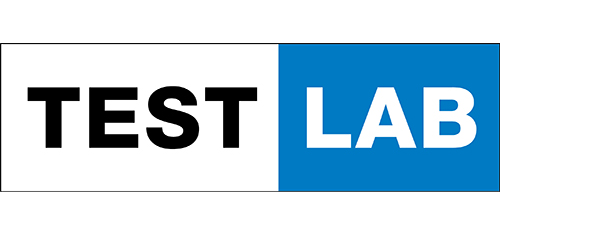the umlaut and connect MOBILE NETWORK TESTs IN Switzerland
The mobile networks in Switzerland have been part of umlaut’s and connect’s testing scope since 2011. The test’s current iteration is based on Drivetests, Walktests and Crowdsourcing – combining dedicated measurements with the user experience of a large number of customers.
Trabantos - Shutterstock
connect has been conducting mobile network tests since the very beginning – a first comparison, mainly focusing on coverage, was included in the very first issue which appeared in 1983. So, connect actually looks back at a history of 30 years of testing mobile networks.
The scope and methodology have been continuously refined since these early days. In 2004, connect started working together with P3, the predecessor of the company which is today called umlaut and is now part of Accenture. Together, both partners conducted their first joint network test in Germany. In 2011, the footprint of the tests was extended to Switzerland. Since then, the very high level of performance in the Swiss mobile networks has served as a measuring bar for the mobile networks in the neighbouring countries.
In 2012, a combined test for Austria and Switzerland was published for the first time. Since 2014, the mobile network tests for Germany, Austria and Switzerland are usually published together as our „DACH mobile network test”.
Continuous development of the methodology
The development since saw the growing focus on mobile data, the arrival of 3G, 4G and 5G, extensions such as adding railway connections to our test routes as well as the integration of Crowdsourcing into the tests’ scope in order to amend to results of dedicated measurements with evaluations based on real-world user experience.
Today, umlaut’s and connect’s mobile network tests are the most renowned in the industry as well as among readers. They have helped the mobile operators to improve and focus and serve as a gauge of the operators’ own performance in comparison with their respective competitors. And they have provided indications to the users, in which mobile network they can expect which level of performance.
Detailed descriptions not only of the identified KPIS and the overall results, but also of the key figures of the benchmarking as well as of the underlying methodology of each year’s mobile network test can be found in the PDF reports which are available in German in English language under the download button below.


